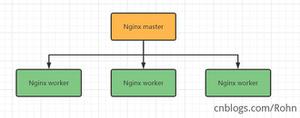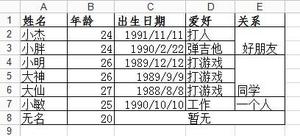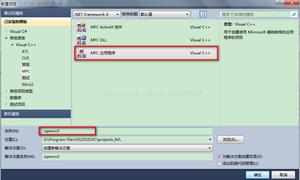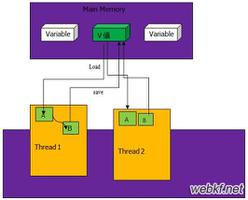萌新必看!python处理excel实例

电脑上必安装的办公软件三大软件:word、excel、ppt,其中excel是在处理数据效率最高,也是最为繁琐的,因此高效快捷使用excel尤为重要,以下为大家介绍使用python更自动化处理excel介绍:
一、准备工具包:
1、xlrd:从Excel电子表格中提取数据
地址:https://xlrd.readthedocs.io/en/latest/
2、xlwt:将数据写入Excel电子表格
doc地址:https://xlwt.readthedocs.org/en/latest/
3、xlutils:提供一组处理Excel文件的实用程序
doc地址:https://xlutils.readthedocs.io/en/latest/
二、用法操作:
1、从指定文件路径读取excel表格,进行一定操作,然后保存到另一个excel文件:result.xlsx。
import xlwtimport xlrd
from xlutils.copy import copy
import pandas as pd
from pandas import DataFrame,Series
import os
os.chdir('./')
# 从指定文件路径读取excel表格
df = pd.read_excel('D:/mypaper/data/data.xlsx')
# 查看df内容
# 根据age算出出生年份,增加一列import datetime
import os
year = datetime.datetime.now().year#获取当前系统时间对应的年份
df['birth'] = year-df['age']
df.to_excel('result.xlsx')#保存到当前工作目录,可以用os.getcwd()查看
#查看下此时df的内容,可以看到已经生成了birth这一列
下面就用准备的三个工具包,利用python操作excel。
三、Excel单元格操作
# 定义方法:读取指定目录下Excel文件某个sheet单元格的值def excel_read(file_path,table,x,y):
data = xlrd.open_workbook(file_path)
table = data.sheet_by_name(table)
return table.cell(y,x).value
# 定义方法:单元格值及样式
write_obj_list = []
def concat_obj(cols,rows,value):
write_obj_list.append({'cols':cols,'rows':rows,'value':value,
'style':xlwt.easyxf('font: name 宋体,height 280;alignment: horiz centre')})
# 定义方法:合并单元格
def merge_unit(srows,erows,scols,ecols,value):
write_obj_list.append({'id':'merge','srows':srows,'erows':erows,'scols':scols,
'ecols':ecols,'value':value,'style':xlwt.easyxf('font: name 宋体,height 280;alignment: horiz centre')})
# 定义方法:更新excel
excel_update(file_path,write_obj_list,new_path):
old_excel = xlrd.open_workbook(file_path, formatting_info=True)
#管道作用
new_excel = copy(old_excel)
'''
通过get_sheet()获取的sheet有write()方法
'''
sheet1 = new_excel.get_sheet(0)
'''
1代表是修改第几个工作表里,从0开始算是第一个。此处修改第一个工作表
'''
for item in write_obj_list:
if 'id' not in item.keys():
if 'style' in item.keys():
sheet1.write(item['rows'], item['cols'], item['value'],item['style'])
else:
sheet1.write(item['rows'], item['cols'], item['value'])
else:
if 'style' in item.keys():
sheet1.write_merge(item['srows'],item['erows'],item['scols'], item['ecols'], item['value'],item['style'])
else:
sheet1.write_merge(item['srows'],item['erows'],item['scols'], item['ecols'], item['value'])
'''
如果报错 dict_items has no attributes sort
把syle源码中--alist.sort() 修改为----> sorted(alist)
一共修改2次
'''
new_excel.save(file_path)
#参数详解
# srows:合并的起始行数
# erows:合并的结束行数
# scols:合并的起始列数
# ecols:合并的结束列数
# value:合并单元格后的填充值
# style:合并后填充风格:
# font: name 宋体
# height 280;
# alignment: horiz centre
# ... 与excel操作基本保持一致
注意:该方法是将需要直行的动作保存到一个list中,真正的动作还未执行,执行动作是发生在excel_update方法中。
最终调用excel_update方法,传入每个单元格需要进行的操作和填充值的write_obj_list以及文件保存路径file_path,最后就能在当前工作目录下生成想要的Excel结果文件。
注意:
1)write_obj_list支持用户自定义。
2)write_obj_list也可以是根据excel_read方法读取现有待修改的excel文件(可以维持原有表格的格式)而生成。
其实python处理excel还有很多更好玩的方式,想要使用python更自动化的处理excel点击查看云海天Python教程网。
以上是 萌新必看!python处理excel实例 的全部内容, 来源链接: utcz.com/z/528647.html









